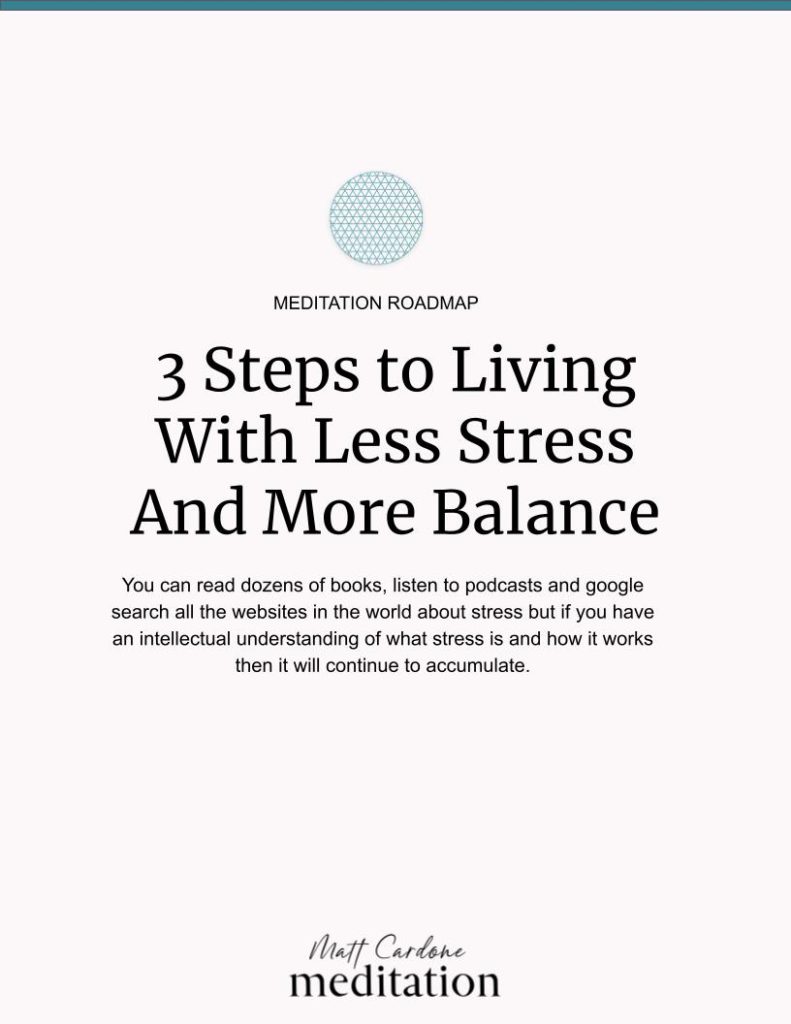A fascination with, and exploration of, the spiritual-self is a common thread, binding all cultures of the world, and traversing space and time. We can see it in the centuries-old use of ayahuasca in the Incan cultures of the Amazon Basin. We can imagine it in the spiritual drive that resulted in the building of the pyramids; a sanctuary offering safe-passage for the deceased pharaoh’s soul. And, we can feel it, in the Sanskrit texts from the Vedic period, detailing the workings of a complex spiritual movement on the Indian Subcontinent, long before the monoliths of Hinduism came into existence.
It is from the Vedas that I developed my understanding of meditation, a practice providing the tools necessary for intrinsic exploration. We all have the ability to easily and effortlessly transcend the mind and journey to the source from which these thoughts are coming. This is the truest essence of what we are, our Atma. From here we can develop a conscious contact with a new spiritual plane; one that has been accessed since prehistoric times by ancient Rishis in the Himalayas. Yet, with all the possibilities for growth that meditation offers, there remains several misconceptions.
For that reason, I want to clear up four myths of what meditation is not.
Myth One: I am bad at meditation because I can’t stop thoughts or quiet my mind.
The nature of the mind is to think. The average brain fires off between 50,000 and 70,000 thoughts a day. Take solace in this finding; we can’t forgo the automatic workings of the mind. That said, everyone can learn a simple technique and begin implementing it daily with ease. If you can think, you can meditate, it’s that simple.
The only goal we should have with meditation is to do it. The practice of meditation is process-oriented rather than goal-driven. Pivoting to this mindset is freeing; we’re no longer bound to speculation and can relax into the practice. I recommend setting aside fifteen minutes of your day to start. This mental reprieve is just one percent of your day, and with consistent practice, will begin to quickly yield the fruits of its labor. Consistency is important for meditation, as it is for all behavior where you hope to improve over time. If I have a membership to the gym but never went, I can’t blame the gym for lack of muscle growth.
Myth Two: There is no correct way to meditate.
One of the most common questions I receive is, “Why do I need to be taught meditation if it’s a process of self-discovery?” I can best answer this question with a personal anecdote from my childhood. Swim lessons boggled me as a kid. I remember my initial fears early one summer, as I learned to slowly build up a stride, diving head-first into the deep end, and swimming across to the pools side. By the end of the summer I had mastered this sequence, coming back the following summer to learn a variety of strokes from the same instructor. Had I not learned the proper techniques in sequential order from a coach, would I have figured out how to swim efficiently and with grace? Probably not. Would I have been able to get certified as a lifeguard and be able to utilize the techniques learned to then be of service to others? No.
Meditation, like virtually all disciplines, improves with proper instruction and consistent application. Two individuals; one using the doggie paddle and the other slicing through the water with freestyle and flip turns, are both swimming. But, if you asked yourself, who you’d most want to offer you tips on your own swimming, it’s an easy answer..







